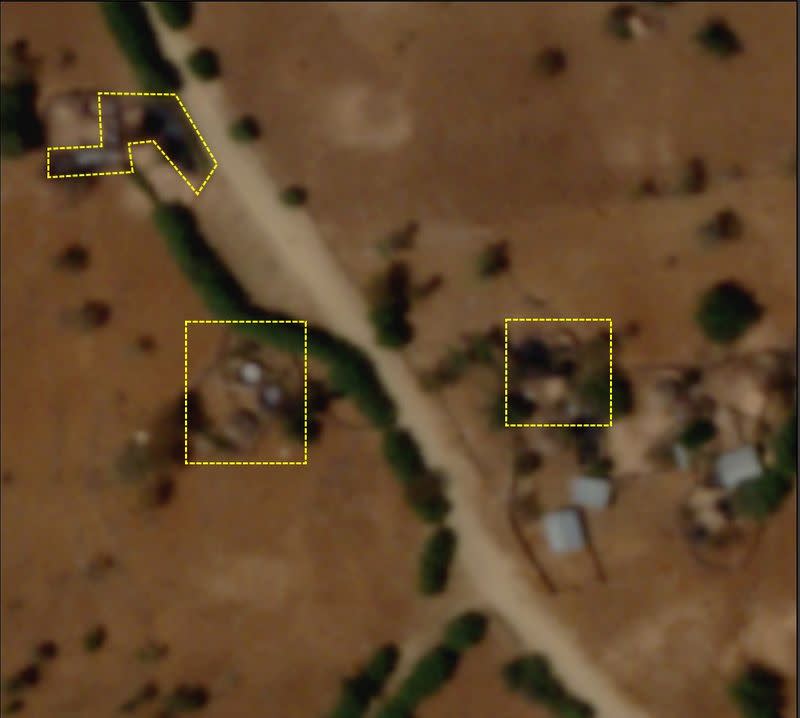NAIROBI (Reuters) – Fires that appear to have been deliberately set off destroyed more than 500 structures this week in the city of Gijet, Ethiopia, revealed an analysis of satellite images shared with Reuters, adding credibility to reports of ongoing conflicts in northern parts Tigray region.
Prime Minister Abiy Ahmed declared victory over a rebel regional force, the Tigray People’s Liberation Front (TPLF), in late November, after his fighters withdrew from the region’s main cities and towns. But sporadic fighting continues in parts of Tigray, according to United Nations residents and assessments.
The government acknowledged isolated shooting incidents, but said most fighting had stopped in Tigray.
Mulu Nega, head of Tigray’s interim government, told Reuters he had sent a team to the Gijet area to investigate.
“According to preliminary information I received in Gijet, there were fighting between Ethiopian federal forces and local militias,” he said later.
The DX Open Network, a security research organization based in Britain, analyzed images collected by private satellite operator Planet Labs on Sunday and Tuesday around Gijet and three nearby settlements, which are about 35 km away (22 miles) southwest of the regional capital of Tigray, Mekelle.
They showed at least 508 structures that appeared to have been destroyed by fire during that period, the network said, citing the darkening of earth and vegetation, ash circles indicative of roof collapse and collapsed wall and roof wreckage.
A fire detection service administered by the United States National Aeronautics and Space Administration (NASA), which uses visible and infrared images captured from space, detected several fires in the area on Monday, according to its website.
The DX Open Network said the absence of fire clusters or burn marks connecting burned structures in the images it analyzed makes it unlikely that the fires were accidental, and there is no evidence of craters to suggest that they could be the result of bombing.
“These factors support the analytical judgment that this was an intentional effort by part of the conflict to destroy this area of civilian housing, not the product of combat,” said the document in its analysis. It was not clear from the images who could have caused the fire.
A spokeswoman for the prime minister and head of a government task force in Tigray did not respond to messages asking for comment. Reuters has not been able to contact the TPLF authorities since early December.
The two sides of the Tigray conflict, which began in early November, have accused each other of abuses and denied responsibility for committing them.
Reuters was unable to reach people in the area by phone. Communications with Tigray remain irregular and the government tightly controls access to the media.
(Reporting by Nairobi newsroom; Additional reporting by Ryan McNeill in London; Editing by Alexandra Zavis and Giles Elgood)
